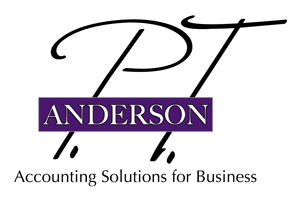With all the legislative changes related to retirement distributions over the last couple of years, it’s important to have a clear understanding of what to expect for the current year. In particular, it’s critical to know what to expect with Required Minimum Distributions (RMDs) for tax year 2021. RMDs are required distributions investors over a certain age must take out every year from their retirement savings accounts.
As part of the SECURE Act of 2019, the age when RMDs are required was increased from 70 ½ to 72 years. Furthermore, as part of the CARES Act passed in 2020, the RMD requirement was temporarily waived. So, what should you expect for 2021?
Unfortunately, there is no longer an RMD waiver for tax year 2021. Therefore, anyone age 72 or older as of December 31, 2021 must take their RMD by year-end to avoid a penalty. The only exception to this is if 2021 is the first year an individual is subject to the RMD requirement, in which case the due date is April 1, 2022. The RMD rules apply to traditional IRAs, inherited IRAs, and employer-sponsored plans.
For inherited IRAs, the RMD rules for beneficiaries depend on when the original owner passed away as well as the type of beneficiary. While non-spouse beneficiaries are generally required to withdraw the entire account balance of the inherited IRA within 10 years, spousal and other certain eligible beneficiaries may be allowed to take RMDs over their life expectancy. The taxation of the distributions depends on the type of account – no taxes will be owed on inherited Roth IRA distributions (assuming the original account owner held the account for at least five years), while distributions from an inherited traditional IRA account would be subject to taxation.
It is important to understand the various rules surrounding RMDs to avoid the steep 50 percent penalty that kicks in if you don’t comply with the rules and/or handle your distributions accurately. But what if you don’t need the funds? While you are still required to take the distributions when you meet the requirements, there are some options available if you don’t depend on the money to meet your spending needs, including reinvesting the proceeds in another allowable account (to take advantage of continued growth) or taking qualified charitable distributions (QCDs) that allow for gifting of up to $100,000 annually to a qualified charity (the latter of which are excluded from your taxable income and not subject to tax).
Be sure to work with a tax or financial professional so you know what to expect and can plan withdrawal strategies that put you in the best situation possible!

